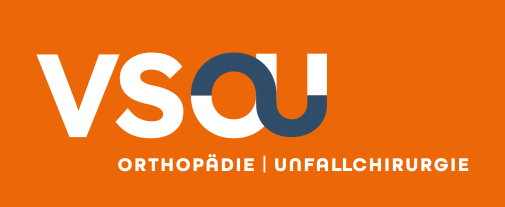Ihre Suche ergab 1 Treffer
Verletzungen des Acromioclaviculargelenkes
Zusammenfassung: Mit einem Anteil von 12% an allen Verletzungen des Schultergürtels machen Instabilitäten des Acromioclaviculargelenkes (ACG) einen wichtigen Stellenwert im klinischen Alltag jeder Kollegin/jedes Kollegen aus. Betroffen sind vor allem junge sportlich aktive Männer mit einem Altersgipfel von 20–40 Jahren, prädestinierte Sportarten sind hierbei insbesondere der Rad- und Bergsport. Neben einer Einteilung in akute und chronische Instabilitäten hat sich die Klassifikation nach Rockwood durchgesetzt, die je nach Grad der Dislokation 6 Typen unterscheidet. Auf Grundlage dieser zeitlichen und anatomischen Einteilungen wird auch das Therapiekonzept erarbeitet. Während bei fehlender oder nur geringer Dislokation im ACG ohne das Vorhandensein einer horizontalen Instabilität (Rockwood Typ 1–3A) das konservative Vorgehen empfohlen wird, ist die operative Stabilisierung ab einem gewissen Dislokationsgrad mit horizontaler Instabilität (Rockwood Typ 3B–6) das Therapieverfahren der Wahl. Die minimalinvasive arthroskopische vertikale ACG-Stabilisierung mittels TightRope und zusätzlicher horizontaler Cerclage hat die Hakenplattenosteosynthese aufgrund sehr guter und zufriedenstellender postoperativer Ergebnisse im klinischen Alltag nahezu komplett abgelöst. Glenohumerale Begleitpathologien können zudem erkannt und therapiert werden. Im Falle einer chronischen Instabilität erfolgt darüber hinaus eine additive autologe Sehnenanlage.
Summary: Accounting for 12% of all shoulder girdle injuries, instabilities of the acromioclavicular joint (ACJ) play an important role in the daily clinical routine of every colleague. Young, athletically active men with an age peak of 20–40 years are mainly affected, with cycling and mountain sports being predominantly affected sports. In addition to a classification into acute and chronic instabilities, the Rockwood classification has become established, differentiating between 6 types depending on the degree of dislocation. The treatment concept is also developed based on these temporal and anatomical classifications. While a non-operative approach is recommended in the absence of dislocation or only slight dislocation in the ACJ without the presence of horizontal instability (Rockwood type 1–3A), surgical stabilization is the treatment of choice from a certain degree of dislocation with horizontal instability (Rockwood type 3B–6). Minimally invasive arthroscopic vertical ACJ stabilization using a TightRope and additional horizontal cerclage has almost completely replaced hook plate osteosynthesis in everyday clinical practice due to very good and satisfactory postoperative results. Glenohumeral concomitant pathologies can also be recognized and treated. In the case of chronic instability, an additional autologous tendon graft is also performed.
